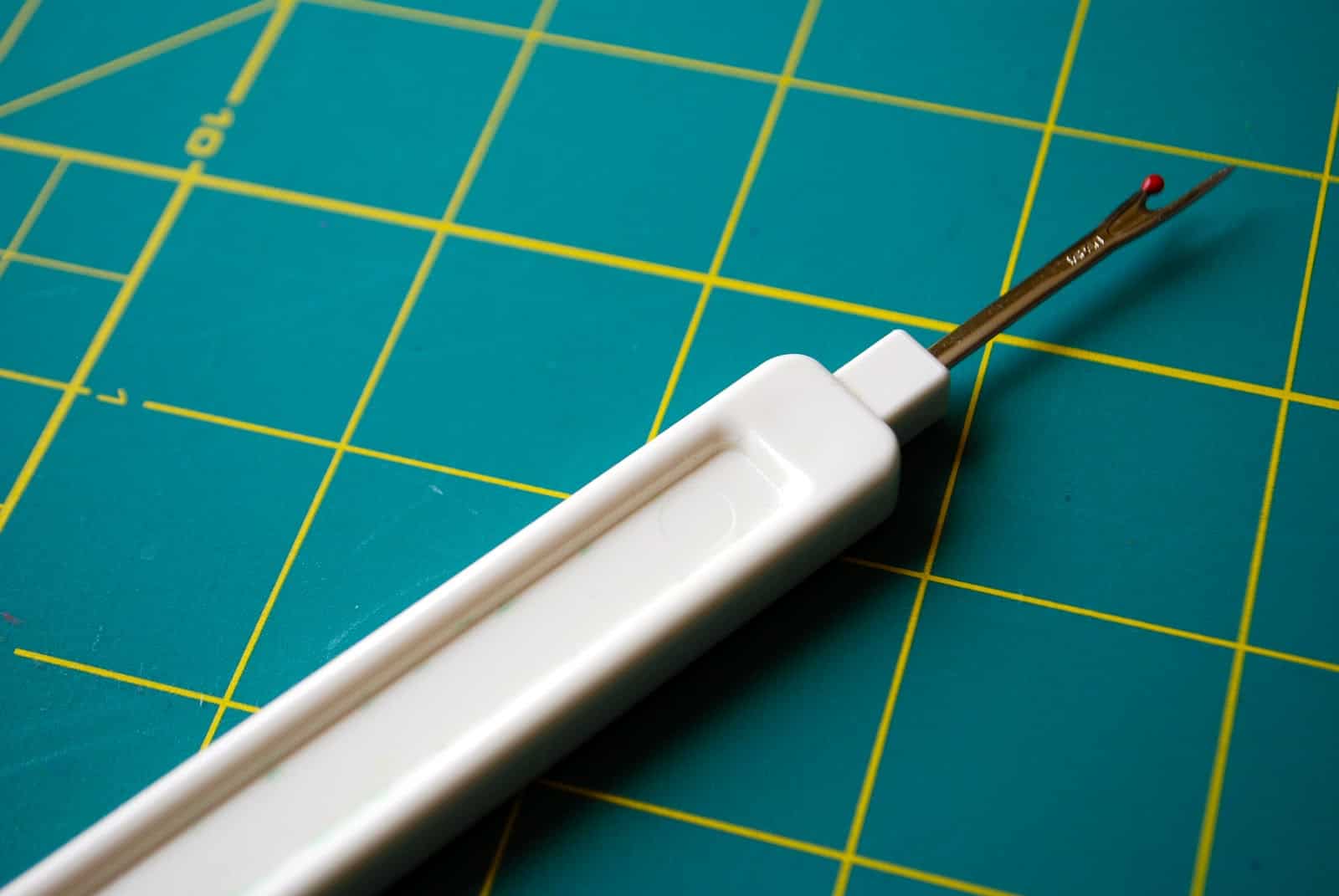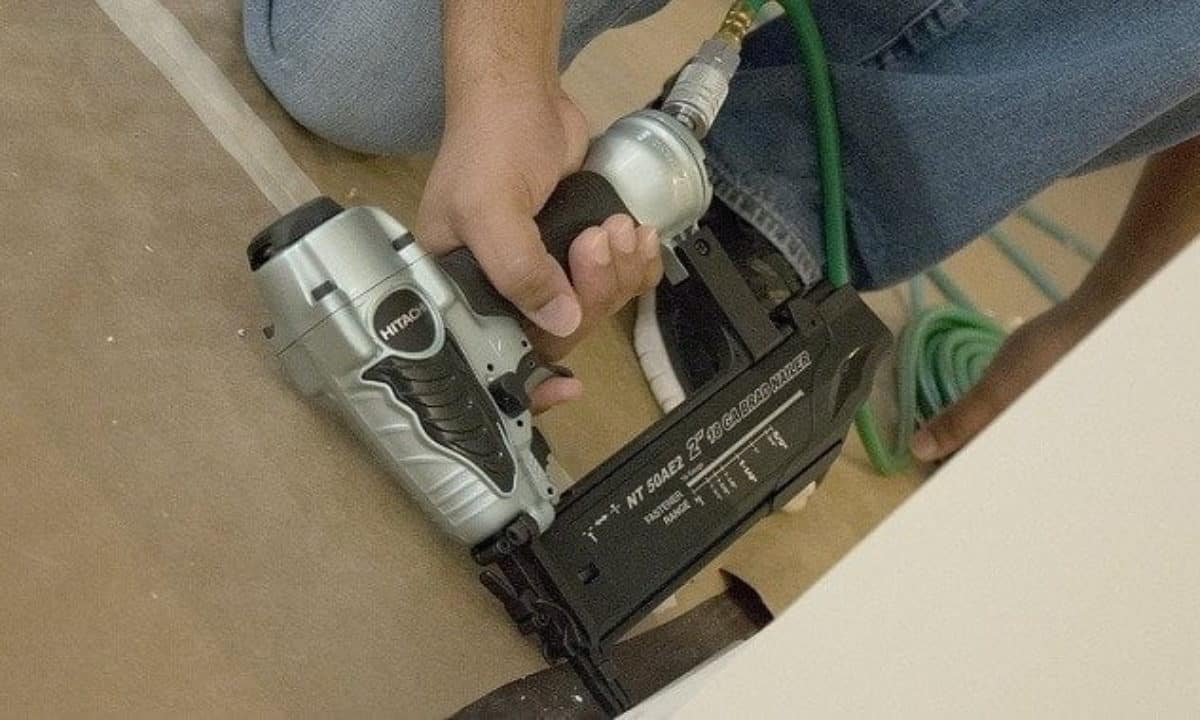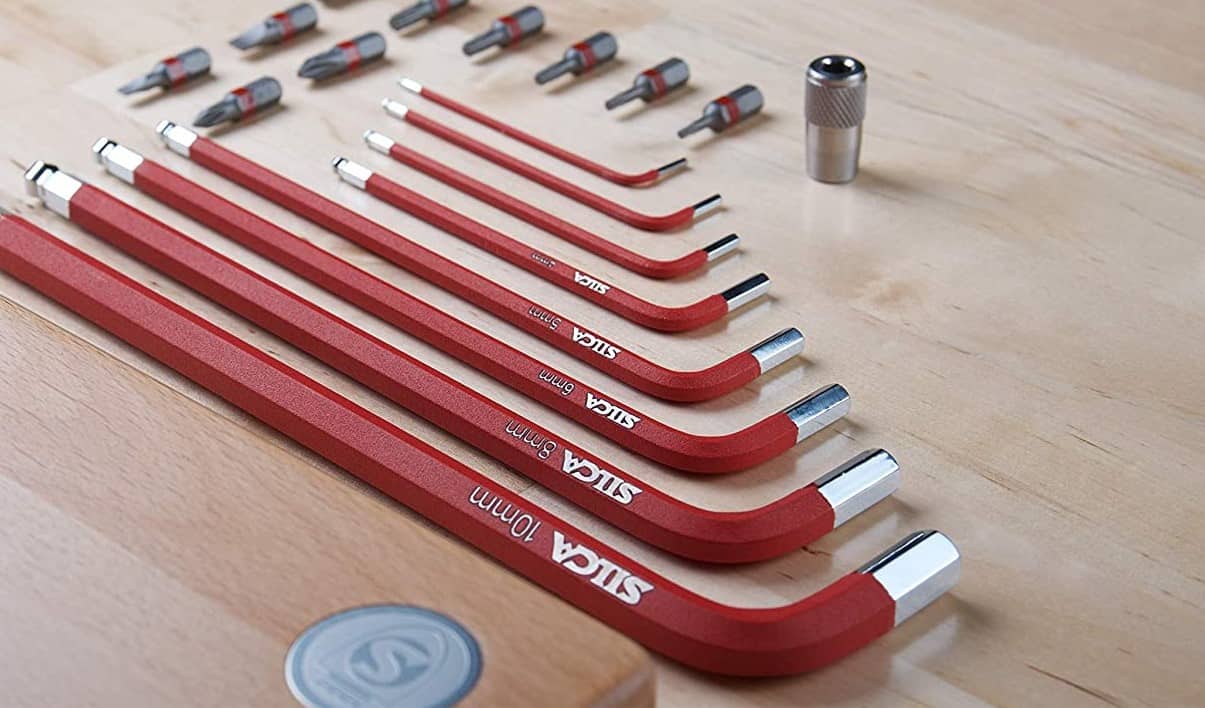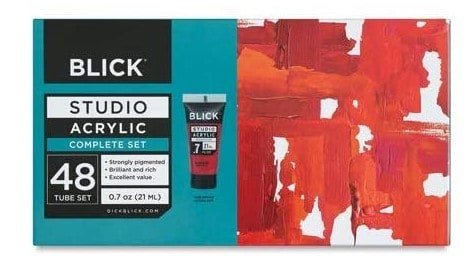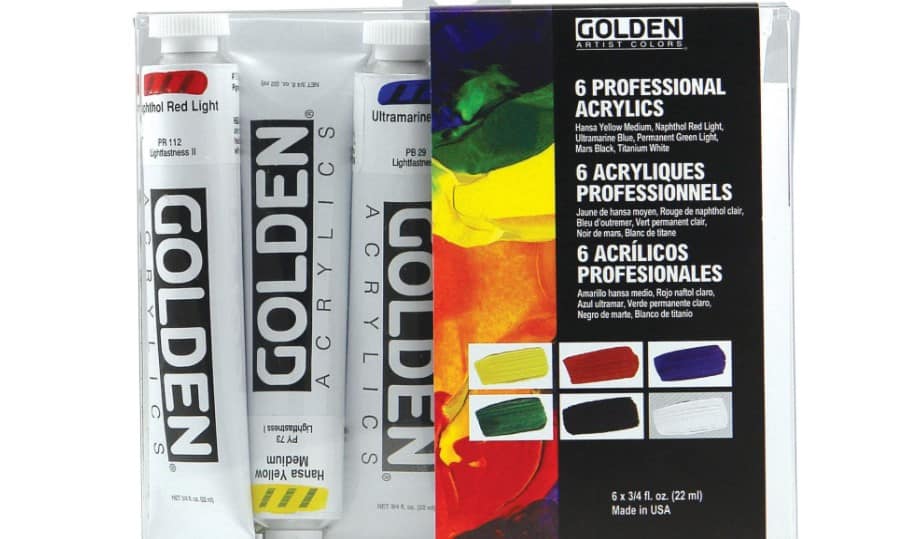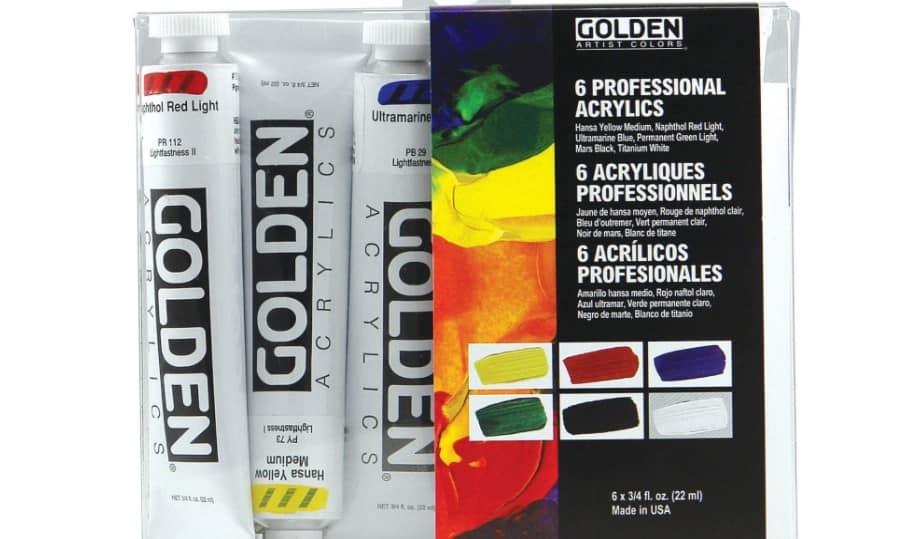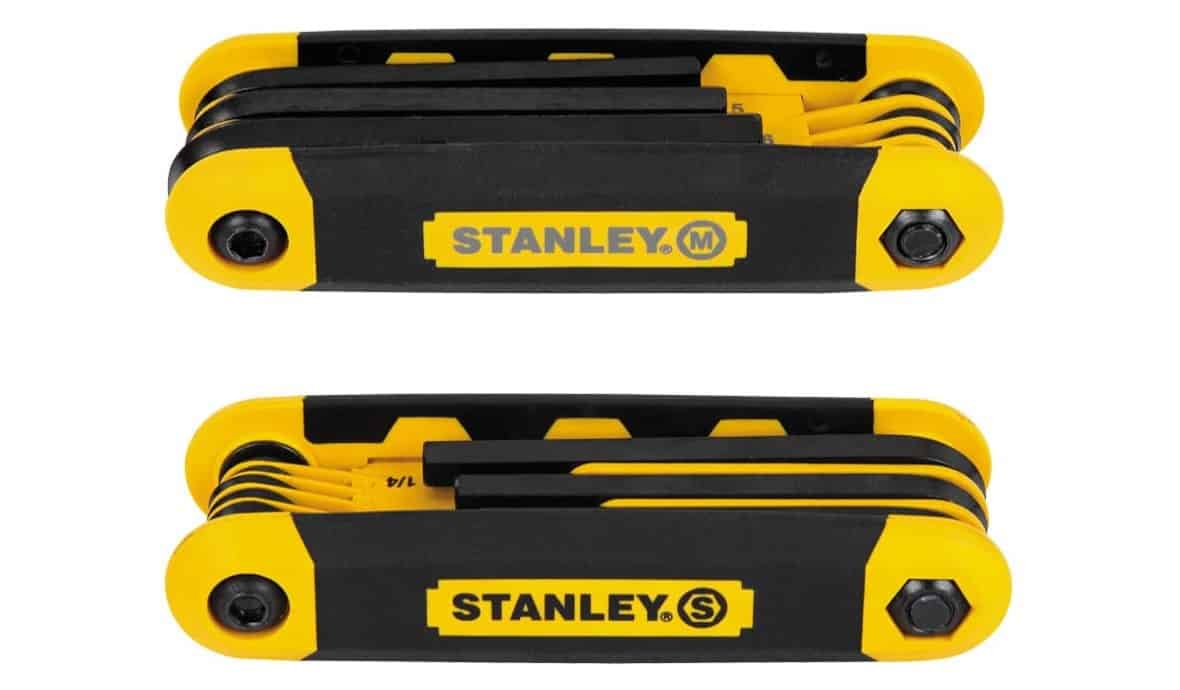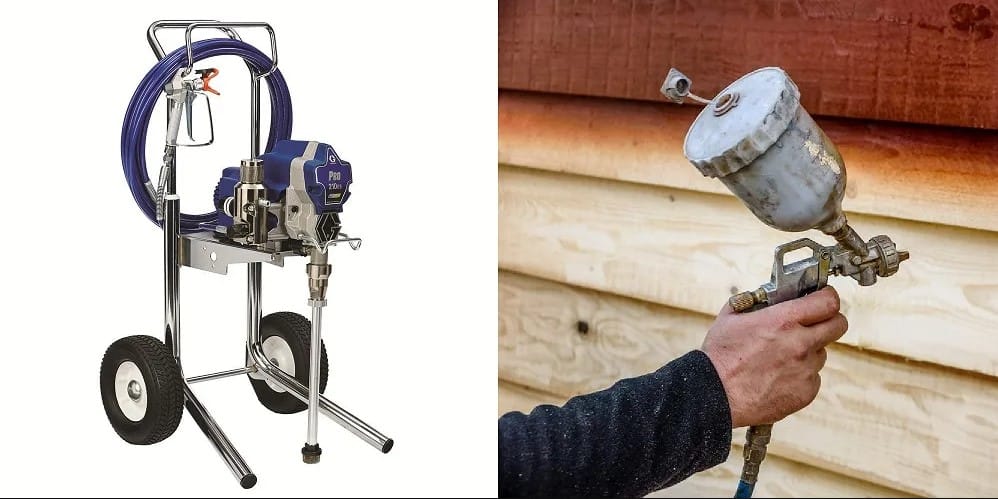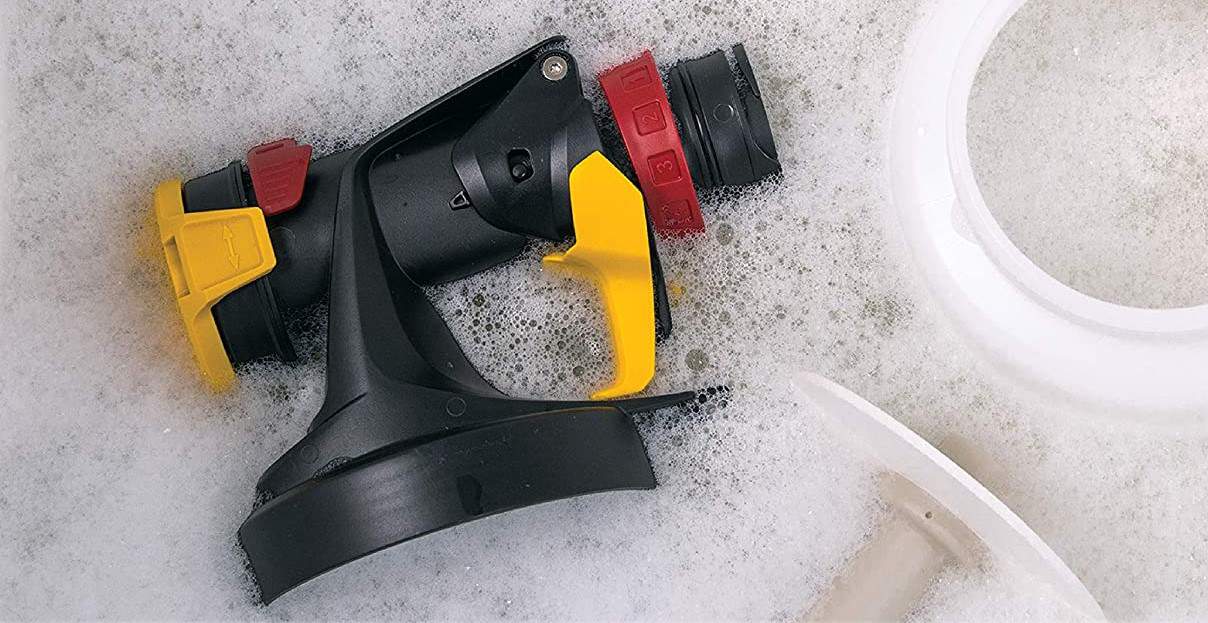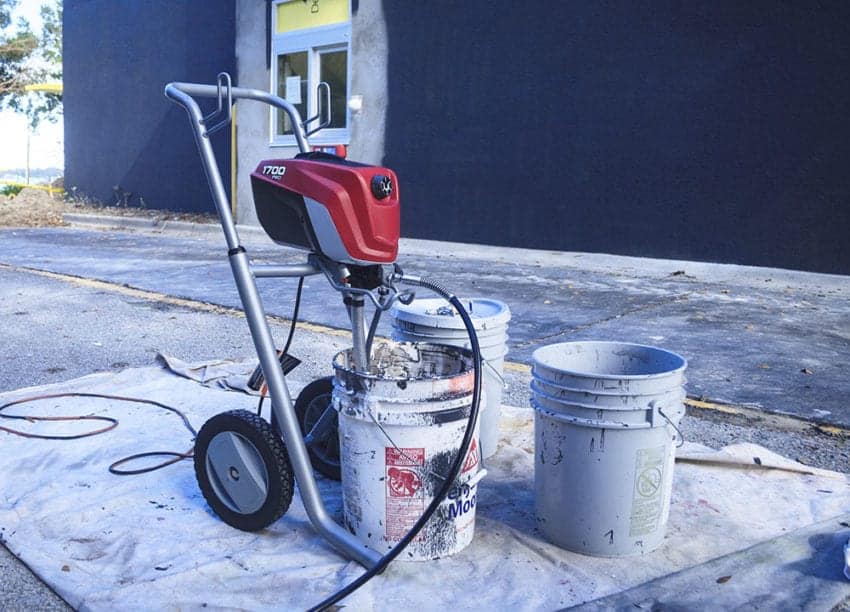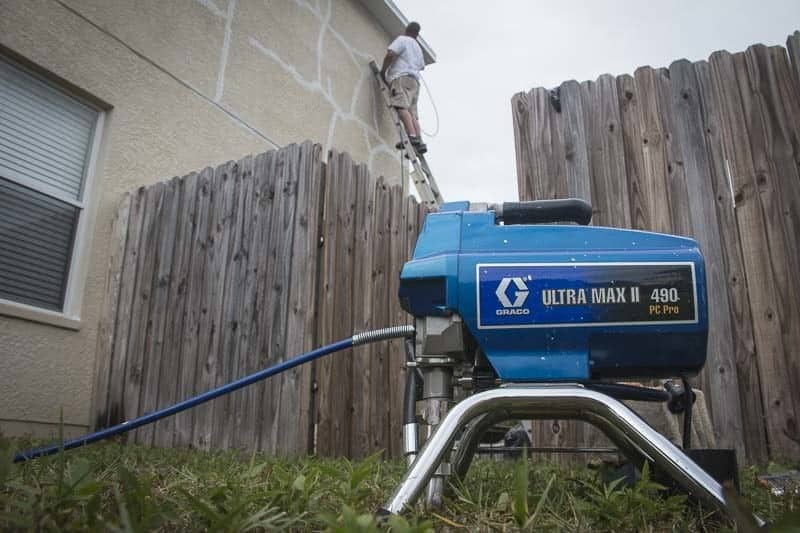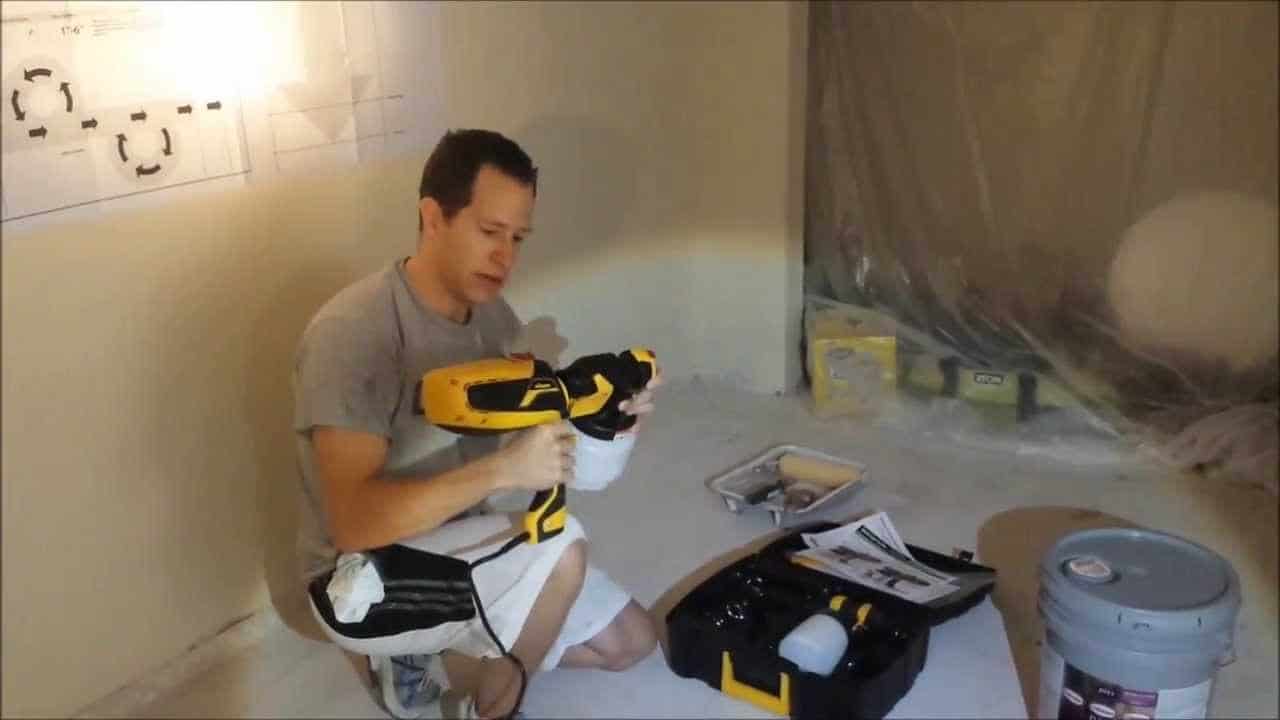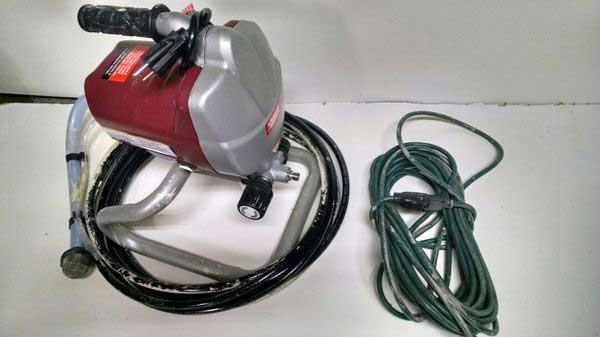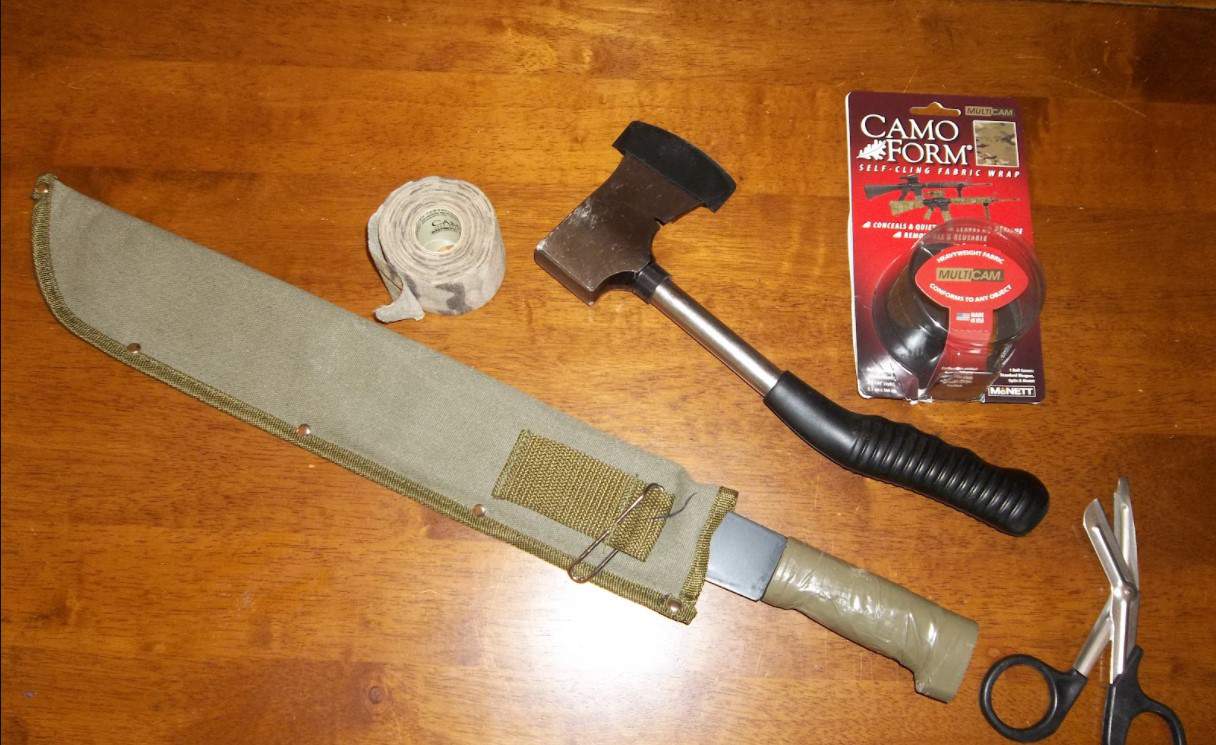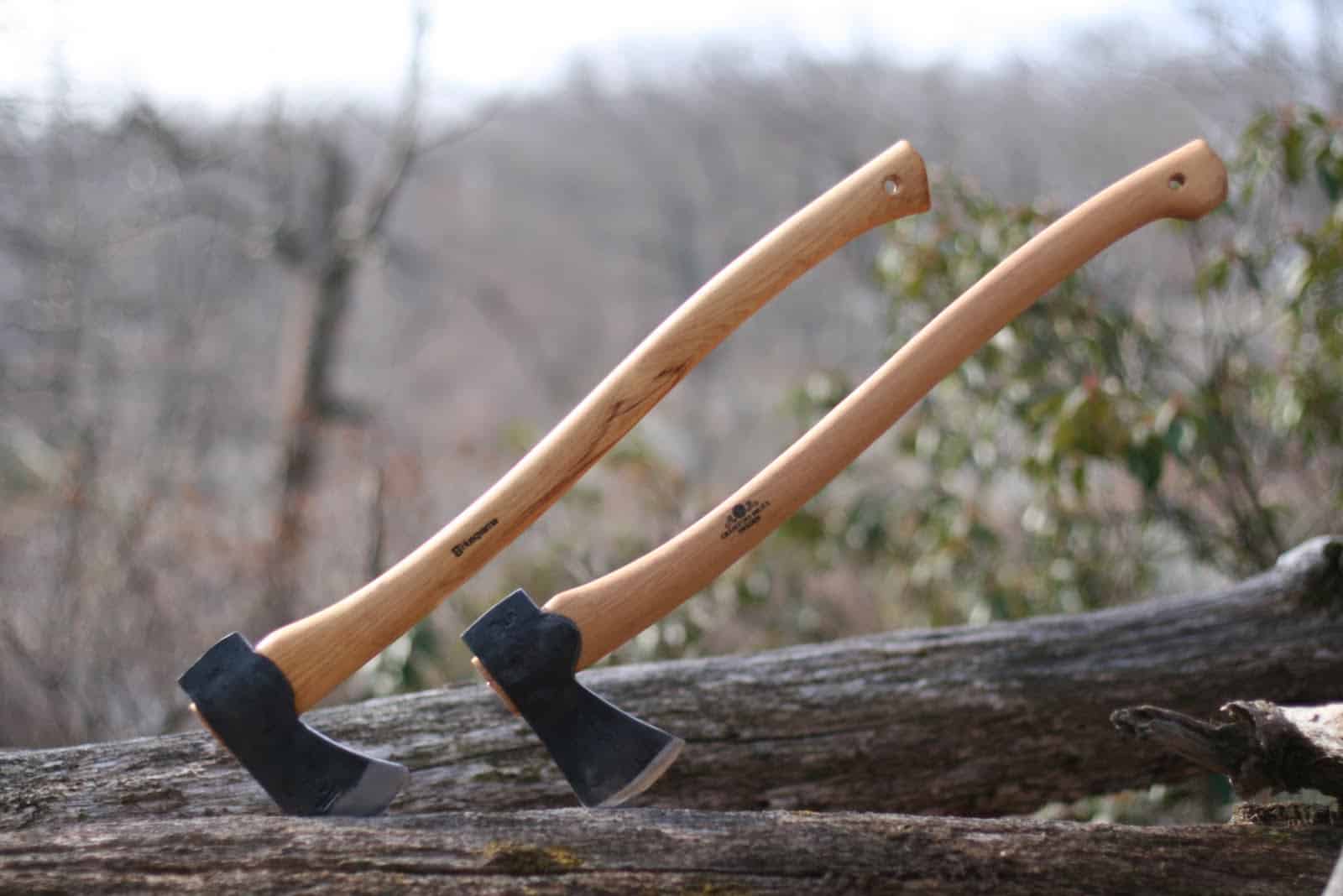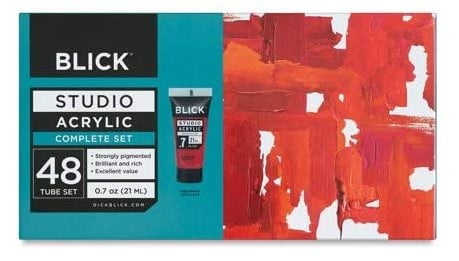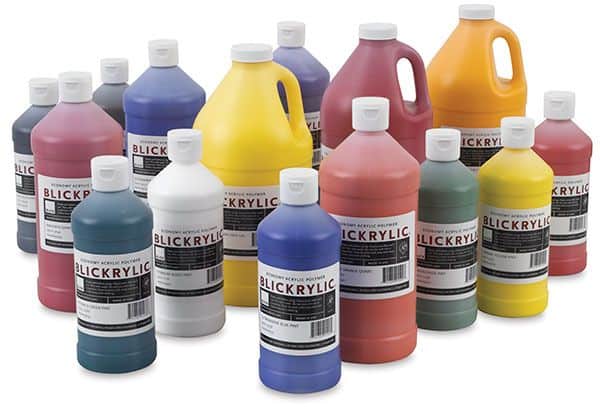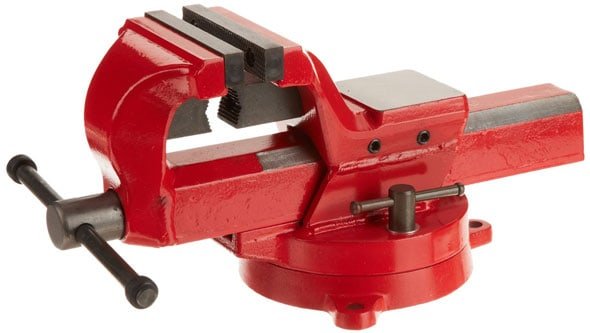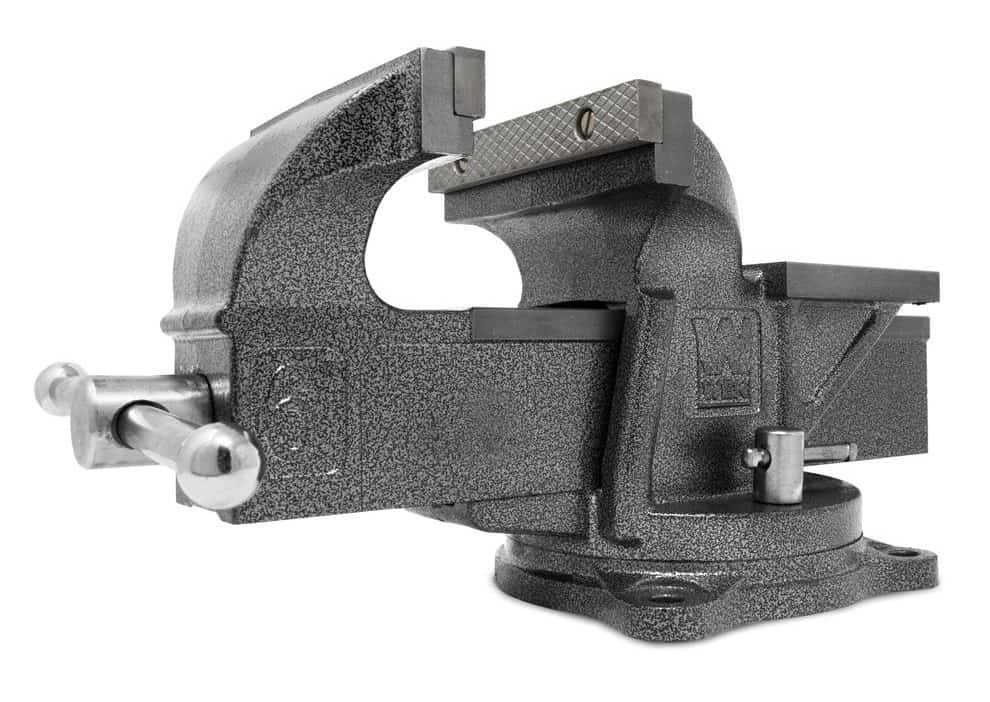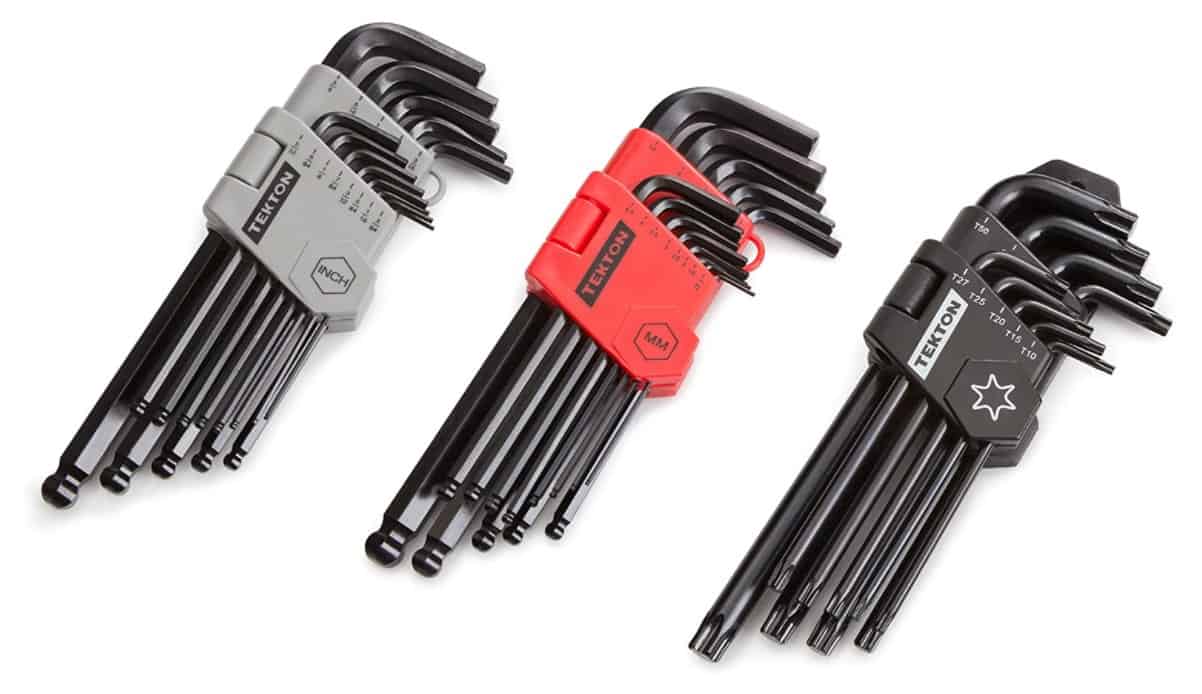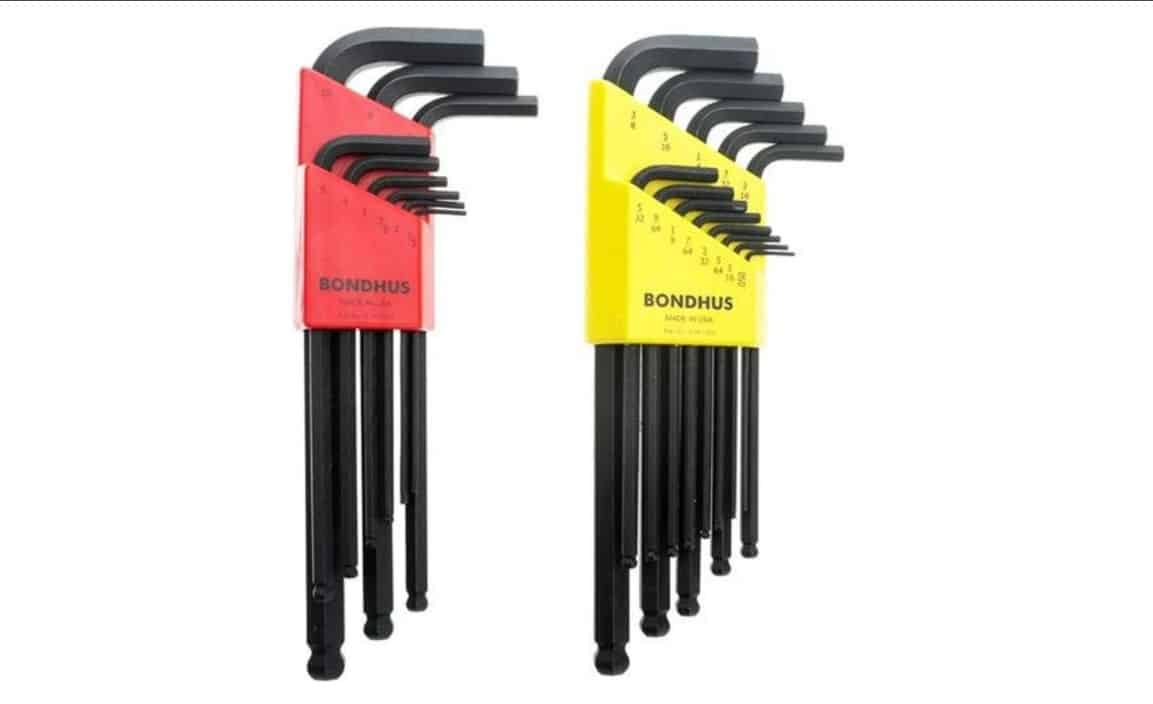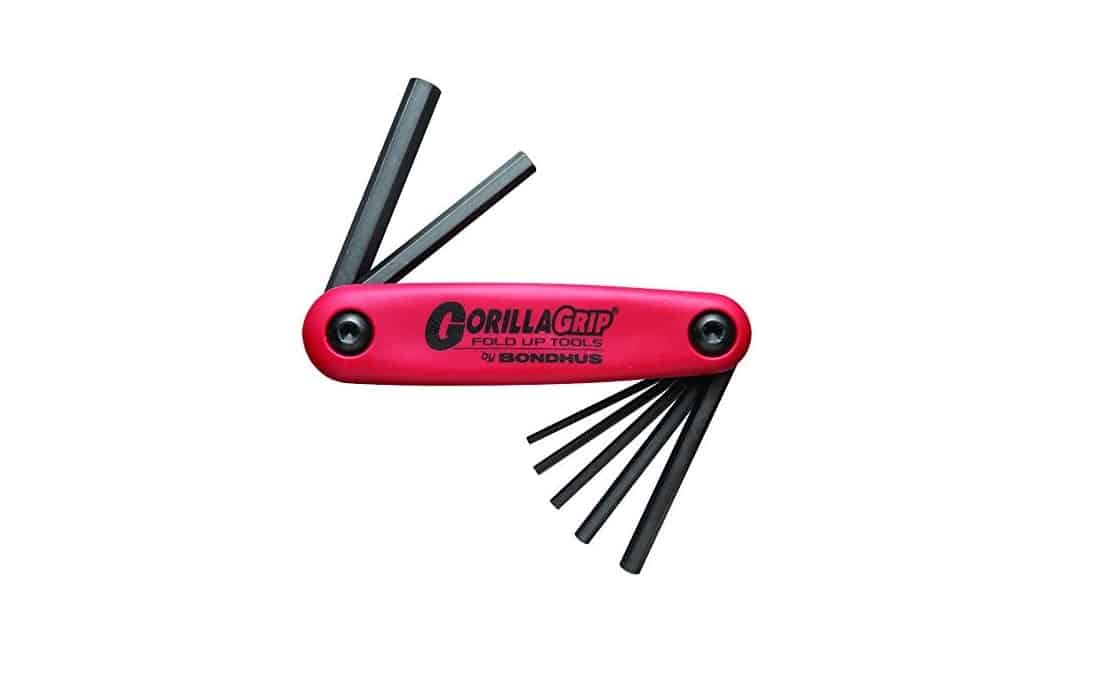To determine the best disc sander we looked at a range of criteria such as disc/belt size, speed, sander type, weight, materials, and size. You’ll note in our guide that we’ve featured a range of electric sanders that include handheld belt and disc models plus combination belt disc sanders. But regardless of the type of sander you choose, you want a powerful sander with a sufficient RPM/FPM/OPM rating to support your tasks. Likewise, you’ll want a power tool made of sturdy materials that minimize vibration and is heavy enough to stay put when in use. And finally, you’ll want to match the disc size to the project. Using the best tools whenever you can, will make it easier to achieve your desired result, and of course, save you some time.
Because of the above factors, we selected the WEN 6502T4.3 Amp 4 x 36 in. Belt and 6 in. Disc Sander as our Top Pick. This combination model is designed from cast iron for a strong base that resists vibration and features a disc sander that can reach up to 3,600 RPMs while the belt can reach up to 2,100 FPMs. This combination belt disc sander also comes with multiple belts and disc grit replacement pieces to keep you moving through your project, and also features standard options like an adjustable vertical and horizontal tilt on the belt and disc respectively.
Top 7 Best Disc Sander Compared
#1 WEN 6502T 4.3-Amp 4 x 36 in. Belt and 6 in. Disc Sander – Top Pick
WHY WE LIKE IT: A sturdy cast iron base houses an adjustable angle belt and disc sander with 3600RPMs makes this powerful enough for projects in any home or professional shop.
- 2-in-1 belt and disc sander
- 4 x 36in belt, 6 x 6in disc
- Cast iron construction
- Inconsistent motor
Our Top Pick goes to the WEN 6502T 4.3-Amp 4 x 36 in. Belt and 6 in. Disc Sander. This combination sander features a long belt that measures four inches wide by 36 inches long and includes a six-inch diameter disc sander too. These dimensions are fairly common, as is the ability to angle the belt from zero to 90 degrees vertical, and the disc sander from zero to 45 degrees with the built-in miter gauge.
Most importantly, you’ll like that this combo belt disc sander features a 4.3 amp motor that can produce up to 3600 RPMs on the disc sander and 1900 FPMs on the belt sander to tackle a wide range of jobs. Plus this model is constructed out of sturdy cast iron, ensuring that the machine won’t move due to vibrations during operation. Other popular features we think you’ll like include the 2.25-inch dust collection port to minimize cleanup and the included 100 grit sanding discs (10 pieces) and belts (3 pieces).
#2 DEWALT 5-Inch Rotary Sander – Best Quality
WHY WE LIKE IT: A handheld adjustable-speed five-inch disc sander from an industry leader with a powerful maximum 3,700 OPM and dual handle design makes this an easy to use must-have power tool for tackling a wide range of sanding projects.
- Variable speed adjustments
- Mid-handle design
- 0 – 3700 OPM
- Strong vibrations
Whether you find yourself regularly sanding items or not, the DEWALT 5-Inch Rotary Sander is the perfect solution for the occasional and heavy-duty user. If you prefer to shop with an established tool brand, you can’t go wrong with Dewalt. But beyond name recognition, you’ll enjoy the powerful six amp motor that emits as many as 3,700 OPMs. Use the VSR trigger dial to choose between speeds.
The dual handle design gives you added stability for more control while working on projects. You’ll also like that this is one of the best handheld disc sander models that features an adjustable dust shroud that can be connected to a shop vacuum to keep clean up simple. You may also like the best survival gear.
#3 BUCKTOOL Belt Disc Sander 4 in. x 36 in. Belt and 6 in. Disc Sander – Most Powerful
WHY WE LIKE IT: A solid combination belt disc sander with the most powerful belt RPMs in our list and an additional rod for enhanced stability with heavy loads makes this ideal for a serious DIY shop user.
- Best Belt RPM Speed
- #80 belt grit
- 3450 RPM disc & 2165 RPM belt
- Cast aluminum base
- Plastic casings not heat-resistant
Depending on your project, you’re going to need serious power to finish it as efficiently as possible. We’ve selected the BUCKTOOL Belt Disc Sander 4 in. x 36 in. Belt and 6 in. Disc Sander because it offers the most powerful belt RPMs of any belt sander on our list. With a maximum output of 2,165 RPMs on the belt and 3,450 RPMs on the disc, you’ll enjoy solid performance time after time. And as is also common, the belt measures four by 36 inches and the disc features a six-inch diameter and comes with 80-grit sandpaper for both the disc and belt.
This combination unit also comes with other standard features such as a zero to 90-degree vertical adjustment on the belt and a zero to 45-degree miter gauge adjustment on the disc sander. You’ll also like that an additional metal rod is included with this combination belt disc sander to provide extra stability when working with heavier items. While the base is made of cast aluminum (as opposed to cast iron which is sturdier), it does feature rubber feet to help prevent vibrations. Check out our lawn and garden section for outdoor tools and gear.
#4 Makita GV5010 5″ Disc Sander – Best Lightweight
WHY WE LIKE IT: A feather-light 5” diameter handheld disc sander with dual handles for added stability and an impressive maximum output of 5,000 RPMs makes this perfect for smaller shops with limited space and the occasional sanding project.
- 5,000 RPMs of power
- 5” disc
- Just 2.4 pounds
- Lightweight
- Lacks speed adjustments
- Lacks dust collector
Whether you’re an occasional DIYer or your current shop won’t allow for bulky items, you’ll like the Makita GV5010 5″ Disc Sander. This lightweight five-inch diameter disc sander comes in at just 2.4 pounds for the easiest sander you’ll ever use. But don’t let the size or weight fool you because this model can reach up to an impressive 5,000 RPMs to make quick work of tedious sanding projects. If you find tedious projects like shoveling snow from your driveway annoying, check out the best de icer for sidewalks.
While this model lacks speed adjustments or dust collectors (as compared to the other handheld sanders in our list), it’s still a commendable option that features dual handles to provide added stability as you work. You may also like our camping and hiking gear section.
#5 Rockwell Belt/Disc Combo Sander – Best Home Shop Sander
WHY WE LIKE IT: A solid and sturdy combination belt disc sander with a 4.3 amp motor along with quiet operation, create the perfect solution for the home shop user.
- Very quiet operation
- Solid cast iron design
- Vacuum attachment
- Included belt wears quickly
There is a range of options on our list for DIYers looking to outfit their home shop. One solid choice is the Rockwell Belt/Disc Combo Sander. It combines a solid cast iron base for added stability and quiet operation with other standard features you’ve come to expect from this product category.
Much like the other models on our list, this option features a belt that measures four inches by 36 inches and a six-inch diameter disc. Likewise, the belt can be titled between zero to 90-degrees vertically while the disc includes the miter gauge for zero to 45-degree horizontal positioning. A vacuum attachment helps to streamline your shop cleanup. Read about the best magnifying glass too.
#6 Central Machinery 4″ x 36″ Belt 6″ Disc Sander – Best for Cleanup
WHY WE LIKE IT: A smaller footprint combines with a median MSRP and dual dust collection ports to create a combination belt disc sander with industry-standard features that makes it ideal for use in smaller DIY and professional shops.
- Belt & Disc sander in one
- Small footprint
- 2 dust collection port
- Cast aluminum construction
- Lowest combo RPM/FPM output
We’re rounding out our sander selection with the Central Machinery 4” x 36” belt 6” Disc Sander. We believe this is a smart choice for anyone who can’t afford to sacrifice table space in their shop to accommodate larger combination belt disc sander models. You’ll also like the quiet operation when this item is in use.
While this model does have the lowest RPM/FPM output of the combination belt disc sanders (1780RPM disc, 1150FPM belt), you’ll like that it still comes with a wealth of other standard features. For example, the belt measures four inches by 36 inches with an adjustable zero to 90-degree vertical tilt and the disc has a six-inch diameter with a miter gauge that adjusts horizontally from zero to 45 degrees. But what makes this option stand out from the other combination models is that the Central Machinery combination belt disc sander features two dust collection ports — one each for the belt and disc — for easier cleanup. Also, read about the best corded drill and outdoor gear.
#7 TACKLIFE Handheld Belt Sander
We’re sorry, this product is temporarily out of stock
WHY WE LIKE IT: A mobile-friendly handheld belt sander that includes an adjustable speed knob and attachment vices to convert this into a stationary sander to adjust to a range of projects.
- Best budget
- Adjustable 6-speed knob
- 13 sanding belts included
- Low RPMs
Mobility is important when you’re working on bigger materials that can’t be easily moved. While this is not a disc sander, we chose the TACKLIFE Handheld Belt Sander as our Honorable Mention and Best Budget selection because it pairs a modest MSRP with an enhanced range of motion and flexible application options. The 10-foot electric cord gives you the freedom to move around larger projects with ease. An adjustable speed knob allows you to manually adjust the RPMs between six settings for a maximum output of 560 RPMs.
You’ll like that this belt sander converts into a bench sander thanks to the included vices. You’ll also enjoy the additional 13 sanding belts that are also included — six 120-grit and seven 80-grit belts. As is often standard with belt sanders, this model also comes with a detachable dust collecting box and vacuum adapters for easy connection to your vacuum cleaner. Best of all, the median 7.65-pound design makes this handheld belt sander easy to operate. If you like tools or products that are easy to operate, you might be interested in our guide to the best drill bits.
How We Decided
Anyone who works with wood or finds themselves constantly sanding knows that a powered sander can streamline the process and cut down on project timelines. But powered sanders come in a range of models, so we focused solely on handheld belt and disc sanders as well as combination belt disc sanders. To narrow down the field, we considered the following criteria — disc/belt size, speed, sander type, weight, materials, and size.
Within our buying guide, you’ll find that there’s an even representation across the various sander types (handheld belt and discs, plus combination belt disc sanders). While we only offer one handheld belt sander (our Honorable Mention/Best Budget), we also have two handheld disc sanders (#3/Best Quality and #5), and the rest of the options (our Top Pick, #4, #6, and #7) are combination belt disc sanders.
Speed can be broken down into amperage as well as the RPM/FPM/OPM rating for the machines. The higher the RPM/FPM/OPM, the faster you can power through a project. Except for our #6 pick, we’ve included the RPM/FPM/OPM ratings to help you narrow your search. Note that these speeds can vary between models. And depending on your needs, you may be more focused on RPMs or OPMs which refer to disc speed as opposed to FPM which refers to belt speeds.
Next, we considered the disc and belt size. Without exception, any of the belt sanders (including combination models) feature belts that measure four inches wide by 36 inches long. However, with the disc sanders, we have a range of models between five and six-inch diameters. But we also considered weight and size. By default, all of the handheld sanders (Honorable Mention/Best Budget, #3/Best Quality and #5) will offer the smallest size and lightest operation experience. But we did select the #7 as the best small combination belt disc sander for smaller shops whether you’re a DIY enthusiast or outfitting your professional shop.
Finally, we considered the materials. For combination belt disc sanders, cast iron material is preferred over other materials such as cast aluminum. You’ll note that of our combination models, our Top Pick and #6 options are made from cast iron whereas #4 and #7 are designed from cast aluminum. With handheld models, the emphasis is on comfort dual grips that provide added stability — which is available on all of the models on our list.
Disc Sander Buying Guide
The Most Important Features to Consider
- Disc/Belt Size
When you’re buying a disc sander, one of the most important features you need to consider is the disc size. This refers to the diameter of the actual sanding disc and can range between five to 12 inches with most models between five to eight inches. Smaller discs are ideal for working on projects where you’re focused on less surface area. In contrast, a larger disc sander can help to cut down your sanding time. For belt sanders, the most common size you’ll find is four inches wide by 36 inches long. - Materials
No one wants to find themselves constantly replacing power tools with every project. To prevent this, look for disc sanders that feature more durable metal material versus models made of alternative materials. Specifically for belt disc sanders, look for models made from cast iron to add to their durability and weight to prevent movement during operation. - Weight
Power sanders can be powerful tools but you can find them in a variety of weights to fit your needs. While heavier isn’t always a guarantee of better quality, it’s usually a good bet to focus on heavier weight disc sander models as these also tend to last longer than lightweight models. - Speed
In addition to the disc size, you should also consider the speed. For belt sanders, this is referenced in feet per minute (FPM) whereas disc sanders will cite rotations per minute (RPM). Lower speeds are better for hardwoods whereas high-speed discs are perfect for use with softwoods. But as opposed to buying multiple disc sanders, consider purchasing an adjustable speed disc sander so you can work with a variety of materials. - Handheld vs. Stationary
Disc sanders come in a range of styles, specifically handheld versus stationary models designed for table mounting. The version you select is going to depend on your project. Stationary models are typically combination belt disc sanders, making them ideal for use with smaller items. Handheld models are great for use with larger projects where it wouldn’t be logistically possible to sand an item with a table-mounted disc sander. - Angles
Angling is an important feature specifically for combination belt disc sanders. Typically, you’ll find that the disc attachment features a miter gauge that usually allows you to angle your project typically between zero to 45-degree angles for enhanced precision. Likewise, the belt sander can be titled between zero to 90 degrees.

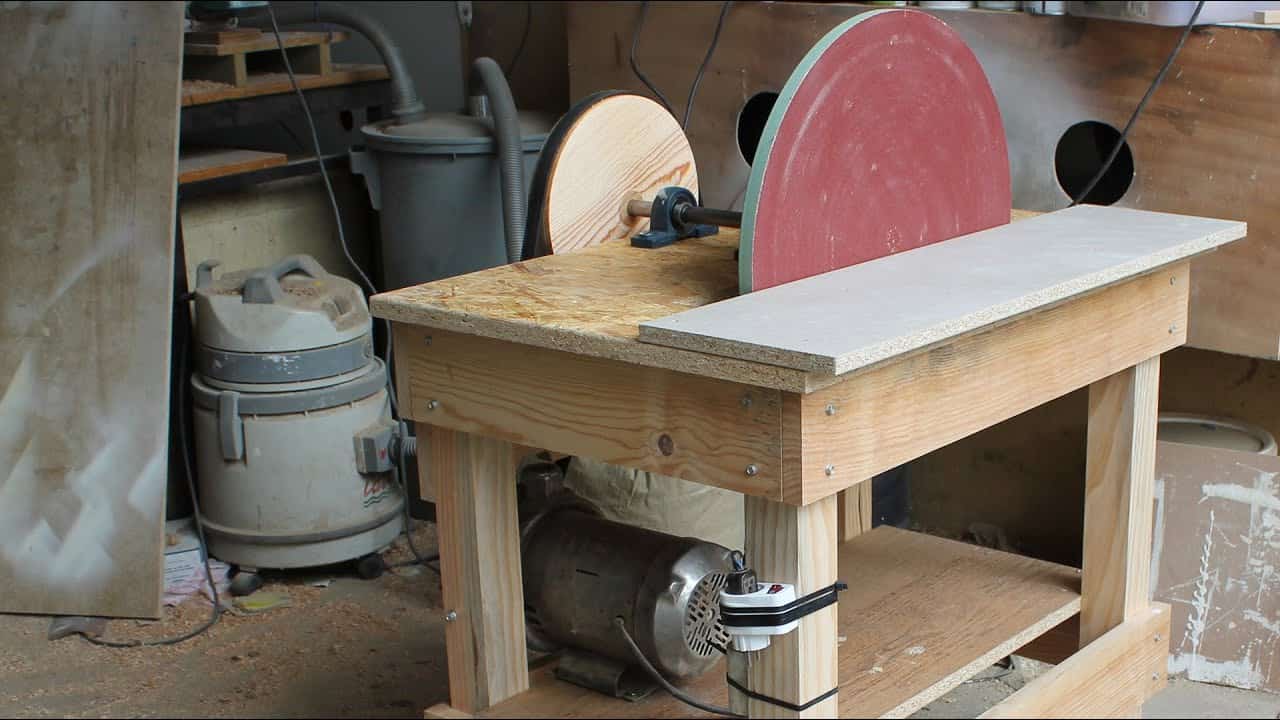










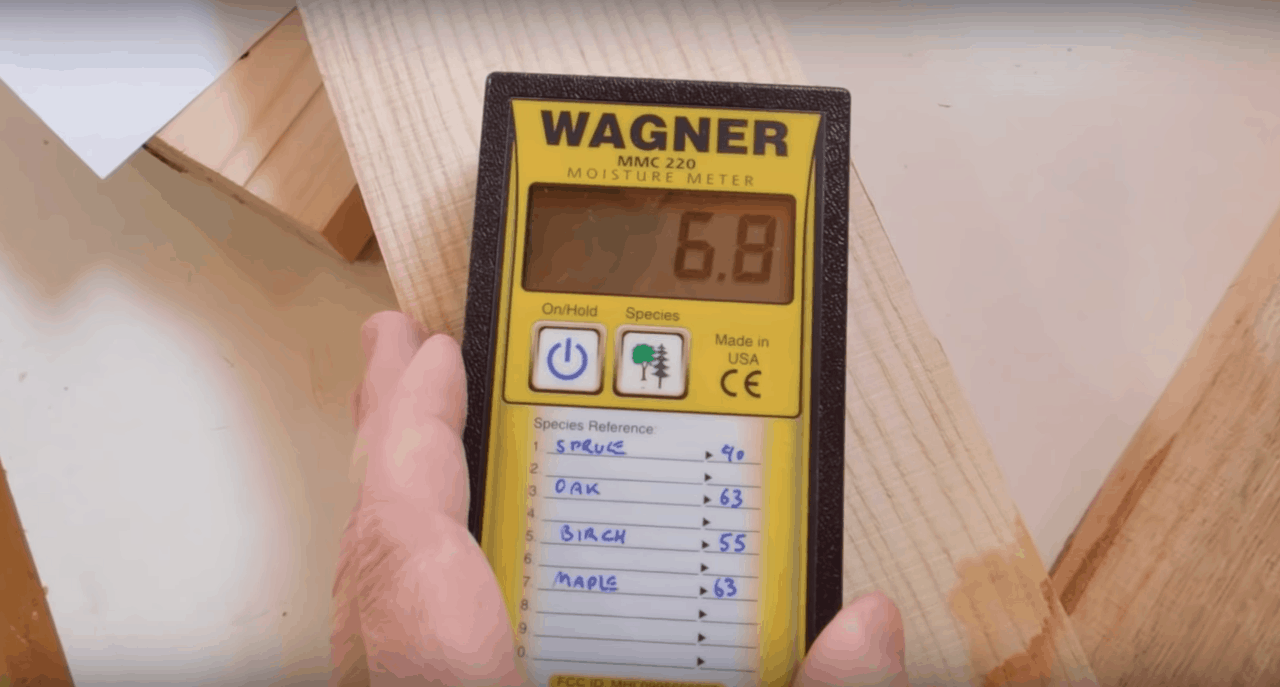
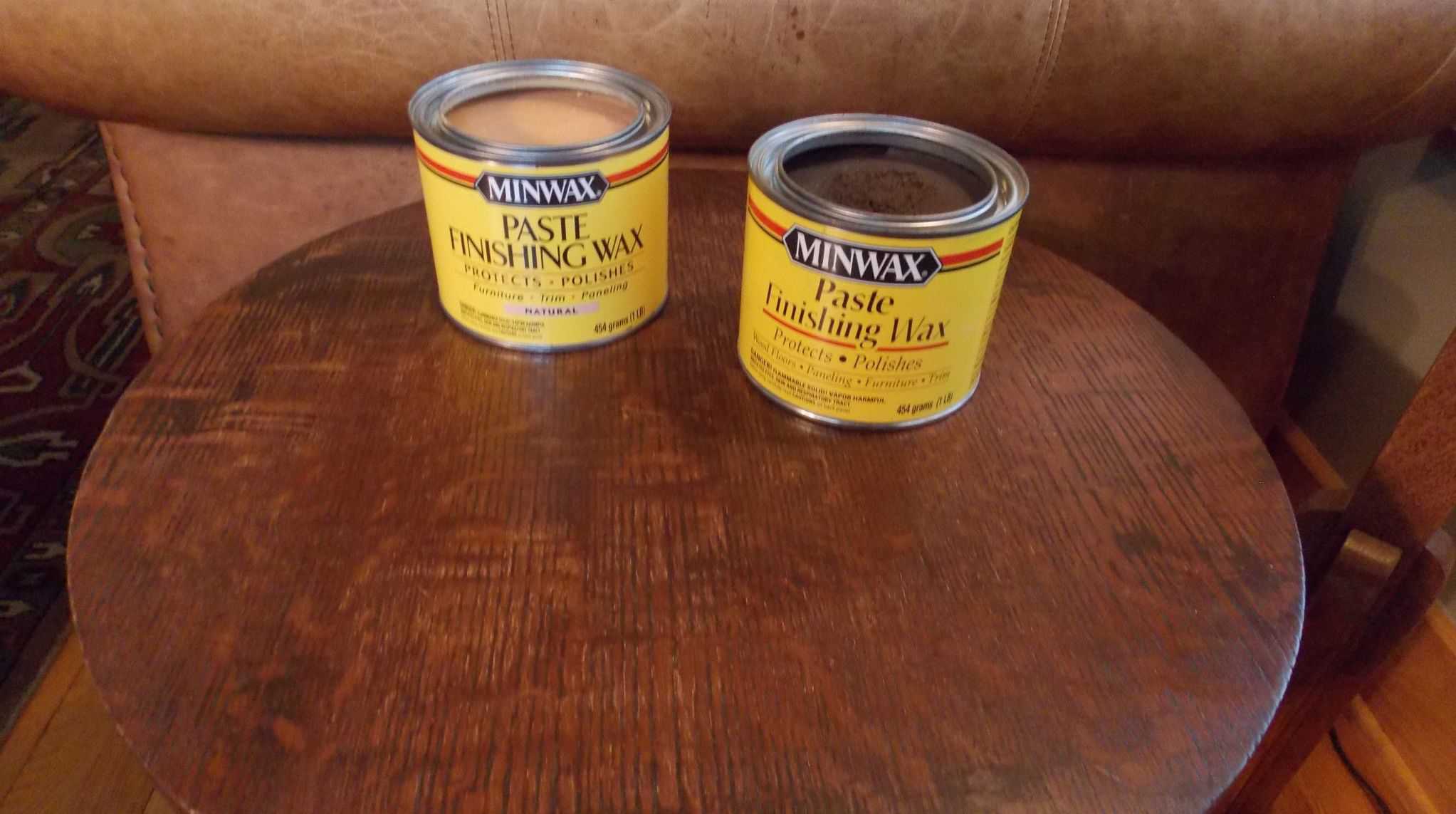
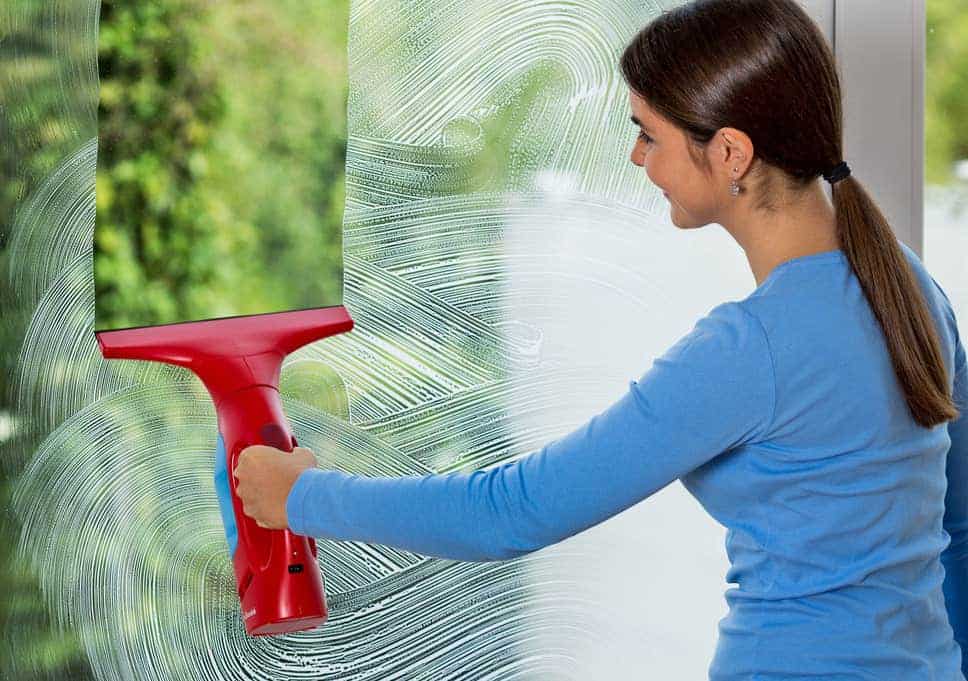
![7 Best Grease Guns in [year] 18 7 Best Grease Guns in 2026](https://www.gadgetreview.dev/wp-content/uploads/best-grease-guns-1.png)
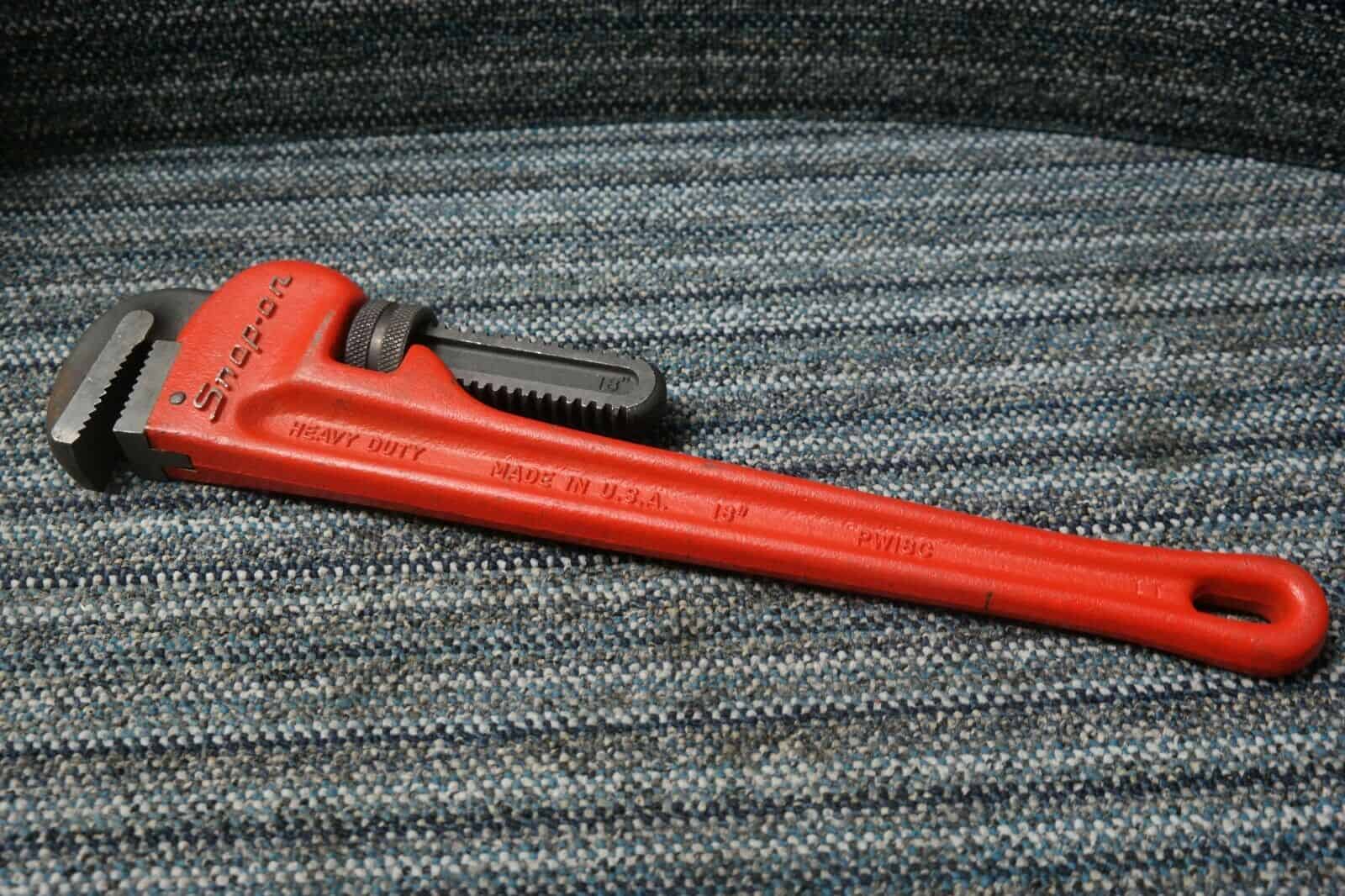
![7 Best Cable Clips in [year] 20 7 Best Cable Clips in 2026](https://www.gadgetreview.dev/wp-content/uploads/Cable-Clips.jpg)
![4 Best Robotic Window Cleaners in [year] 21 4 Best Robotic Window Cleaners in 2026](https://www.gadgetreview.dev/wp-content/uploads/best-robotic-window-cleaners.jpg)
![7 Best Leather Welding Gloves in [year] 22 7 Best Leather Welding Gloves in 2026](https://www.gadgetreview.dev/wp-content/uploads/best-leather-welding-gloves.jpg)
![7 Best Stainless Steel Cleaners in [year] 23 7 Best Stainless Steel Cleaners in 2026](https://www.gadgetreview.dev/wp-content/uploads/best-stainless-steel-cleaner.png)
![7 Best Portable Closets in [year] 24 7 Best Portable Closets in 2026](https://www.gadgetreview.dev/wp-content/uploads/best-portable-closet.jpg)
![5 Best Pole Saws in [year] 25 5 Best Pole Saws in 2026](https://www.gadgetreview.dev/wp-content/uploads/best-pole-saw.jpg)
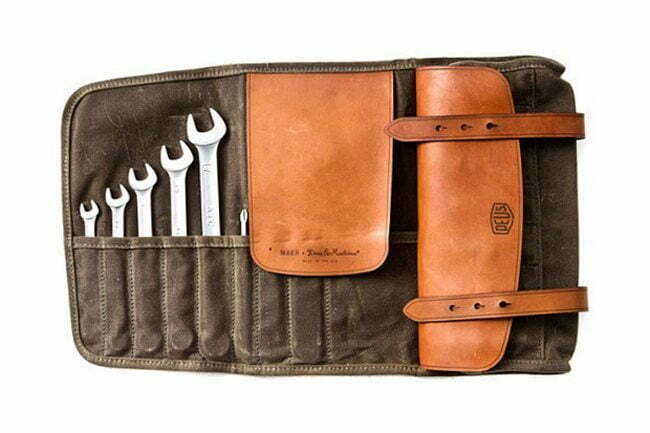
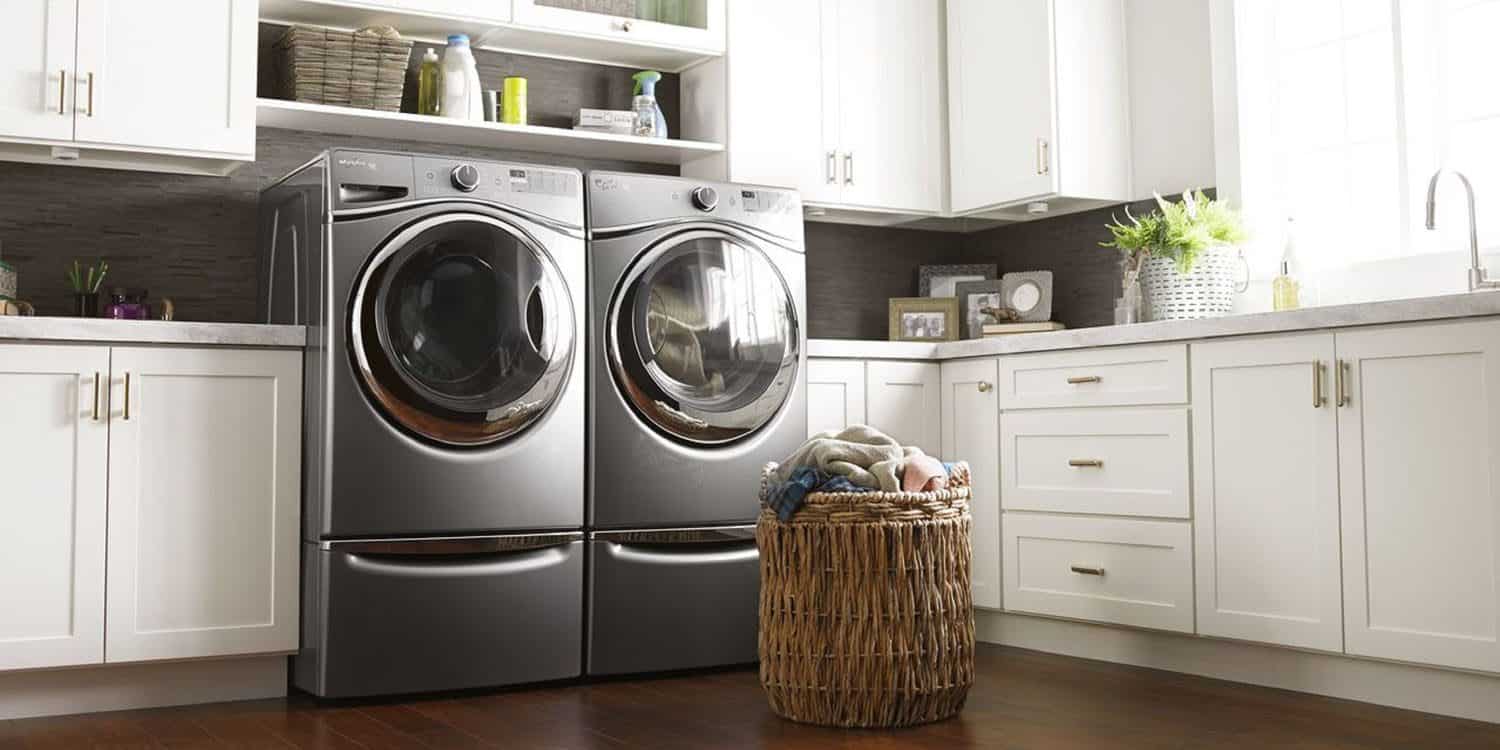
![7 Best Adjustable Wrenches in [year] 28 7 Best Adjustable Wrenches in 2026](https://www.gadgetreview.dev/wp-content/uploads/best-adjustable-wrench.jpg)
![6 Best Thermal Cameras in [year] 29 6 Best Thermal Cameras in 2026](https://www.gadgetreview.dev/wp-content/uploads/best-thermal-cameras.jpg)
![6 Best Speaker Shelfs to Enhance Your System in [year] 30 6 Best Speaker Shelfs to Enhance Your System in 2026](https://www.gadgetreview.dev/wp-content/uploads/best-speaker-shelf-to-enhance-your-system.jpg)
![7 Best Magnetic Screen Doors in [year] 31 7 Best Magnetic Screen Doors in 2026](https://www.gadgetreview.dev/wp-content/uploads/best-magnetic-screen-door.jpg)
